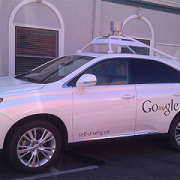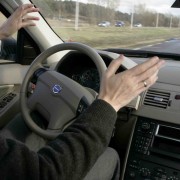Google Expands Self-Driving Car Tests to Phoenix, Arizona
Jennifer van der Kleut
News outlets are reporting this week that Google’s Alphabet Inc. is expanding its self-driving car program to the Phoenix, Arizona Metro area.
This makes the fourth U.S. location one can find Google’s famous self-driving pod cars being tested on public roads.
Google cars have been logging mile after mile in Mountain View, California near Google’s headquarters for more than six years; recently, Google added Austin, Texas, and just two months ago, Kirkland, Washington.
Multiple news outlets reported in February that Google was eyeing four new cities to expand driverless testing to after a Federal Communications Commission document indicated the company was applying for the necessary permits, though the locations of the new cities were redacted. Kirkland and Phoenix appear to be the first two of the four new cities.
In addition, Google executives admitted earlier this month that they are eyeing the United Kingdom for potential testing in the future, as the British government has been lobbying the tech giant for some time.
So, why Phoenix? Google representatives told AutoNews.com that Phoenix’s proximity to desert and the resulting dry, dusty air make Phoenix an important place to test their driverless cars.
“Arizona is known as a place where research and development is welcome, innovation can thrive, and companies can set up roots,” said Jennifer Haroon, head of business operations for the Google Self-Driving Car project. “[And] the Phoenix area has distinct desert conditions, which will help us better understand how our sensors and cars handle extreme temperatures and dust in the air.”
Reuters and Venture Beat report that Google test car operators have already hit the streets of Phoenix in four Lexus RX450h SUVs, and are busy creating “a detailed map of streets, lane markers, traffic signals and curb heights.”
Google has been an integral part of the federal government’s process toward ironing out a consistent national policy for driverless and connected vehicle technology. Most recently, Chris Urmson wrote the Department of Transportation a letter proposing that the company, as well as any other companies working on developing autonomous cars, should be allowed to sell driverless cars to consumers if they can pass a federal safety test.


